The Middle East has emerged as a key destination for China's new energy companies that are expanding overseas, providing vast development opportunities despite increased global trade challenges, said industry experts and company executives.
The Middle East offers significant advantages due to its abundant wind and solar resources, while wealthy consumers and large enterprises in the region also have strong purchasing power, ensuring stable revenues for Chinese firms seeking expansion abroad, said Li Jing, Partner of Deal Strategy and Mergers &Acquisitions at KPMG in China.
Compared to long-term, capital-intensive infrastructure projects, renewable energy generation projects have shorter cycles and clearer profit models. Chinese companies expanding overseas can leverage their technological advantages and commercial experience to quickly seize related market opportunities, Li said.
According to a report released recently by KPMG China on the international expansion of new energy companies, the Middle East region receives 22-26 percent of the total solar energy on Earth, with solar potential equivalent to the energy produced by 1 to 2 million barrels of oil annually per square kilometer, which is capable of satisfying at least 50 percent of global power demand.
Additionally, about three-quarters of the region's area has wind speeds exceeding the minimum threshold for utility-scale wind farms, with Morocco, Egypt, and Tunisia ranking among the top countries globally in wind energy potential, it said.
On a macro level, China and Arab states have been actively promoting bilateral investment cooperation in recent years. China has signed agreements with 22 Arab countries and the Arab League as part of the Belt and Road Initiative, establishing a comprehensive cooperation mechanism, according to the report.
Chinese Premier Li Qiang recently visited Saudi Arabia and the United Arab Emirates, with a delegation including executives of China's top renewable energy companies, such as Chinese wind turbine manufacturer Xinjiang Goldwind Science &Technology Co Ltd, solar product manufacturer Trina Solar and solar power firm GCL Group.
Facing rising tariffs from the United States and the European Union aimed at curbing Chinese dominance in the global solar supply chain, Chinese manufacturers have had to rethink their overseas strategies, said Cai Zhongquan, managing partner of energy and natural resources for China and Asia-Pacific at KPMG.
The overseas market is becoming a critical part of the strategic layout for Chinese new energy companies, especially in solar, wind, storage, and hydrogen energy. The Middle East, seen as a potential safe haven, has become an attractive market for expansion, said Cai.
According to KPMG, China is increasingly focused on external cooperation in the renewable energy sector, with exports of electric vehicles, lithium-ion batteries, and solar cells up nearly 30 percent year-on-year last year.
Jinko Solar and TCL Zhonghuan, two of the world's largest producers of solar modules and silicon wafers, announced joint ventures with Saudi Arabia's Public Investment Fund in July, with investments exceeding $3 billion. GCL Technology and Trina Solar have also revealed plans for Middle East projects.
Qian Jing, vice-president of Jinko Solar, the world's largest solar panel producer by shipments, said the Middle East, which enjoys adequate credit, sufficient financing resources, stable conditions, policy support and an ambitious market, is likely to see the company's fourth overseas plant after those in Malaysia, Vietnam and the US.
With an investment of around $1 billion, the facility will be Jinko Solar's most significant overseas investment to date and is expected to have an annual production capacity of 10 gigawatts for high-efficiency solar cells and modules once operational, the company said. It will also be the largest manufacturing base for Chinese photovoltaic products abroad, it added.
Longi has been involved in several landmark projects in the Middle East while the company is also considering further investments in the region, as the Gulf area is becoming a global hot spot for renewable energy, according to a report by the company in August.
The Middle East's abundant natural resources, stable market, and strategic location present vast potential not only for photovoltaic power, but also for hydrogen, said James Jin, president of Longi Middle East, Africa and Central Asia.
"The clean energy demands of the Middle East, coupled with China's products and technologies, create a mutually beneficial opportunity and a win-win for both regions," he said.
"As more large-scale projects are realized, we will remain dedicated to deepening our collaboration with local partners, offering tailored solutions, and overcoming challenges to contribute to the achievement of net-zero emission goals across the region."
Nicholas Lua, an analyst at global consultancy Rystad Energy, said solar power manufacturing in Saudi Arabia and other Middle Eastern countries could further expand Chinese solar companies' presence on the global stage.
According to Rystad Energy, the Middle East is undergoing an energy transition, shifting from its traditional dependence on oil and gas, which currently supplies over 90 percent of its energy needs.
As solar power in the Middle East accounted for just 2 percent of the region's energy mix in 2023 and is projected to make up more than half by mid-century, Chinese solar manufacturers — which take up over 80 percent of the global supply chain and which are currently under the weight of global trade barriers and shrinking profit margins at home — have massive potential in the region, it said.
"The Middle East offers an alternative market where trade barriers and tariffs are not as prevalent," said Nishant Kumar, an analyst at Rystad Energy.
As a central hub between Europe, Asia and Africa, the Middle East positions itself as a potential energy export center. Kumar believes its growing demand and less crowded market allow Chinese companies to secure more opportunities and diversify their market risks.
"The Middle East offers ample growth opportunities and allows Chinese companies to maintain their global competitiveness amid rising challenges in other regions," he said.
However, Cai also warned of the complexities in overseas markets, saying that the market environment abroad remains intricate, with challenges such as information opacity and significant differences in market demand. This makes swift and accurate decision-making difficult.
Chinese new energy companies will still face risks related to fluctuating raw material prices, equipment transport issues, varying technical standards, and supply chain disruptions during their international expansion, he added.
According to the report by KPMG, while countries in the Middle East and North Africa are accelerating their energy transition strategies with local installed energy capacity witnessing significant growth, the overall energy structure has not undergone a fundamental shift.
This is due to several uncertainties, including the region's volatile geopolitical landscape, long-standing economic dependence on traditional energy sources, the reliance of new energy technologies on European and American standards, and the limited diversity in renewable energy project development models, it said.
On the other hand, Chinese companies participating in new energy projects in the Middle East may also face challenges in improving economic returns, as they are currently mostly involved in large-scale Independent Power Producer projects, mainly serving as equipment suppliers and contractors, which expose them to significant profitability pressure, it said.
In the long run, as more countries and enterprises enter the Middle East and North Africa renewable energy markets, competition is expected to intensify, potentially further eroding the project profitability of Chinese companies, it said.









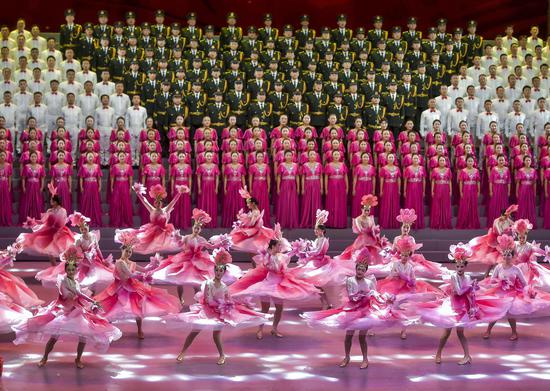



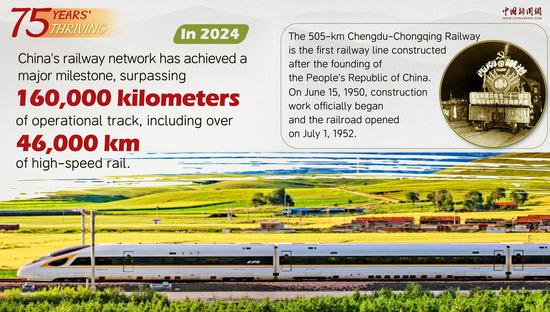
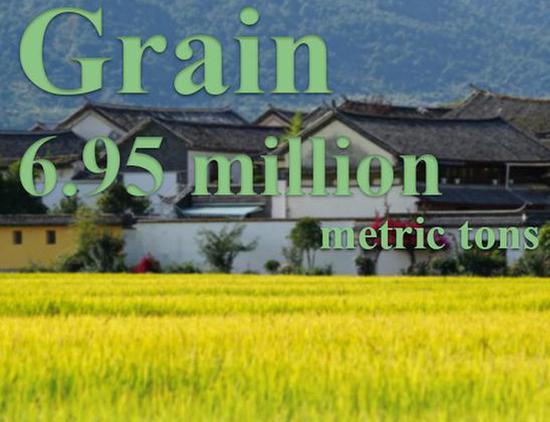







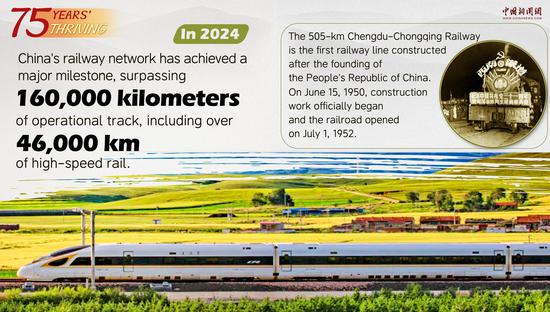
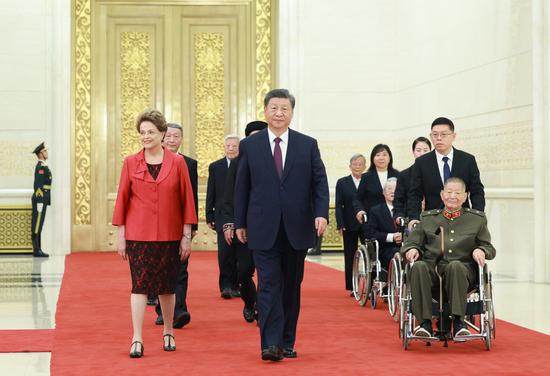






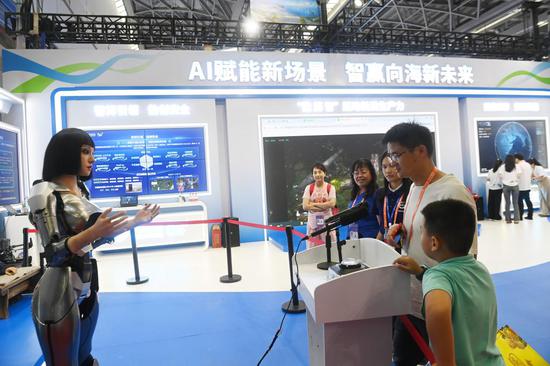















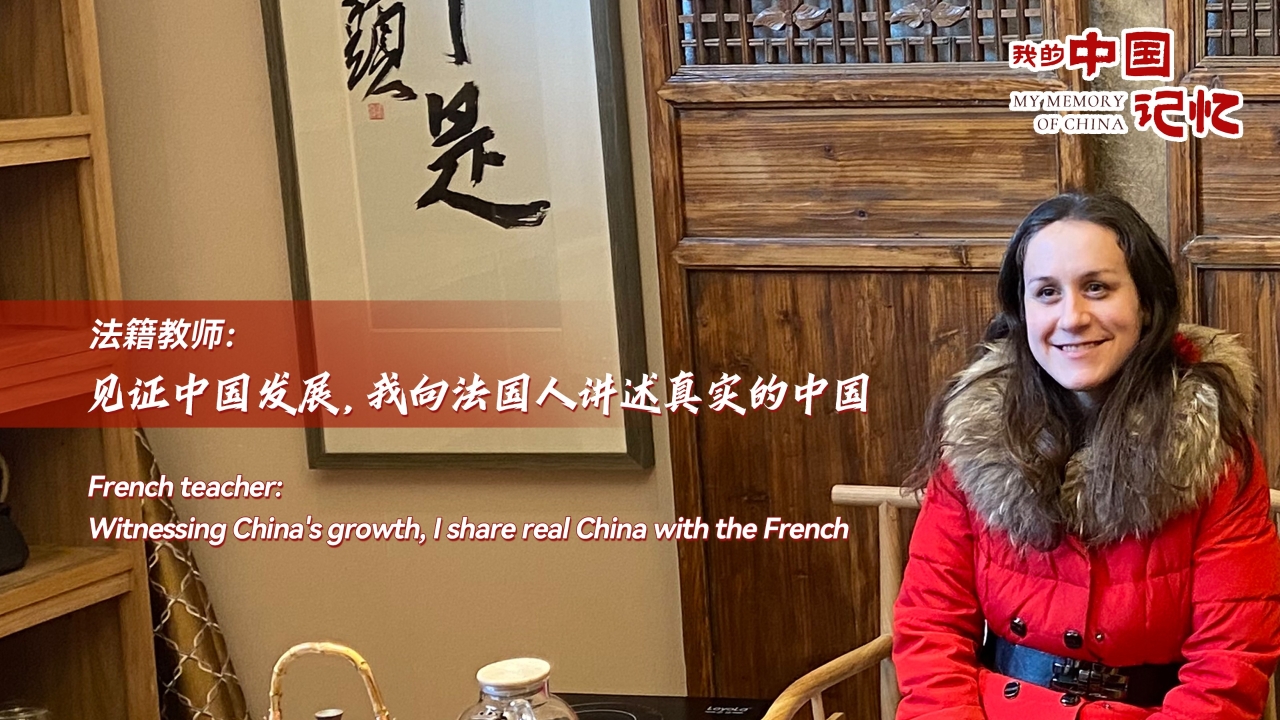


 京公网安备 11010202009201号
京公网安备 11010202009201号